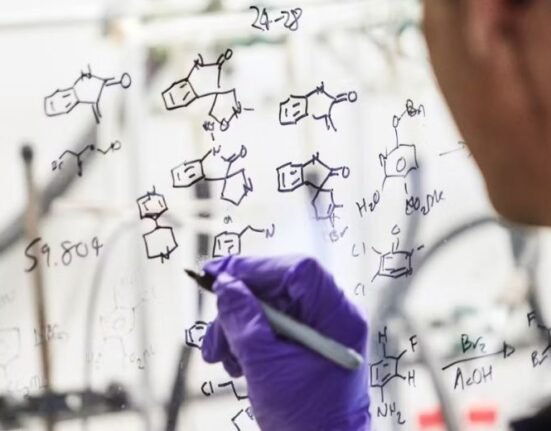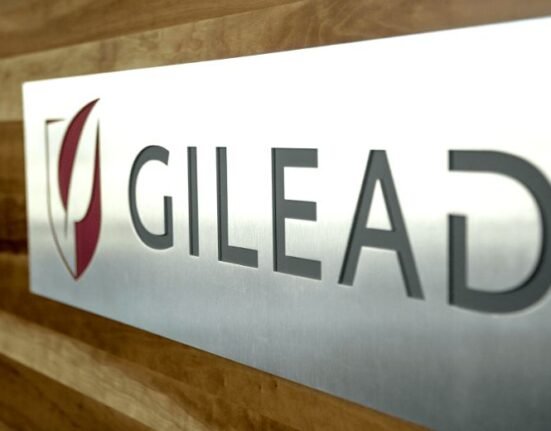HQ Team
February 2, 2023: Twelve African nations have drawn out a blueprint to stop AIDS in children by 2030, a move welcomed by the United Nations.
Global partners such as the WHO, UNICEF, UNAIDS, PEPFAR and the Global Fund have drawn out how they would support countries in delivering these plans, which were issued at the first meeting of the Global Alliance to end AIDS in children.
In partnership with networks of people living with HIV and community leaders, ministers laid out their action plans to help find and provide testing for more pregnant women and link them to care. The plans also involve finding and caring for infants and children with HIV.
The United Republic of Tanzania hosted the meeting, which marks a step up in action to ensure that all children with HIV have access to life-saving treatment and that mothers living with HIV have babies free from HIV.
Threat to child’s future
“Every child has the right to a healthy and hopeful future, but for more than half of children living with HIV, that future is threatened,” said UNICEF Associate Director Anurita Bains. “We cannot let children continue to be left behind in the global response to HIV and AIDS.”
The steps include HIV testing, treatment and prevention programmes. It intends to close the treatment gap for pregnant and breastfeeding women living with HIV and prevent new infections among pregnant and breastfeeding adolescents and women.
The measures also address rights, gender equality, and social and structural barriers that hinder access to services.
The alliance will work to drive progress over the next seven years to ensure that the 2030 target is met. UNAIDS, networks of people living with HIV, UNICEF and WHO, and technical partners PEPFAR and the Global Fund unveiled the Global Alliance to end AIDS in children in July 2022 at the AIDS conference in Montreal, Canada.
Currently, around the world, a child dies from AIDS-related causes every five minutes. Only half (52%) of children living with HIV are on life-saving treatment, far behind adults, of whom three-quarters (76%) are receiving antiretrovirals.
160,000 new children cases
In 2021, an estimated 160,000 new children acquired HIV. Children accounted for 15% of all AIDS-related deaths, although only 4% of the total number of people living with HIV are children, according to the WHO.
Twelve countries with high HIV burdens have joined the alliance in the first phase. They are Angola, Cameroon, Côte d’Ivoire, the Democratic Republic of the Congo (DRC), Kenya, Mozambique, Nigeria, South Africa, the United Republic of Tanzania, Uganda, Zambia, and Zimbabwe.
“Tanzania has shown its political engagement, and now we need to commit to moving forward as a collective whole,” Vice-President of the United Republic of Tanzania, Philip Mpango, said.
“All of us in our capacities must have a role to play to end AIDS in children. The Global Alliance is the right direction, and we must not remain complacent. 2030 is at our doorstep.”
The Dar-es-Salaam Declaration on ending AIDS in children was endorsed by members unanimously.
‘Gives me hope’
“This meeting has given me hope,” said Winnie Byanyima, Executive Director of UNAIDS. “An inequality that breaks my heart is that against children living with HIV, and leaders today have set out their commitment to the determined action needed to put it right.
“As the leaders noted, with the science that we have today, no baby needs to be born with HIV or get infected during breastfeeding, and no child living with HIV needs to be without treatment. The leaders were clear: they will close the treatment gap for children to save children’s lives.”
Delegates emphasized the importance of a ground-up approach with local, national and regional stakeholders taking ownership of the initiative and engaging a broad set of partners.
“Closing the gap for children will require laser focus and a steadfast commitment to holding ourselves, governments, and all partners accountable .for results,” PEPFAR’s John Nkengasong, U.S. Global AIDS Coordinator, said.
Africa REACH
“In partnership with the Global Alliance, PEPFAR commits to elevating the HIV/AIDS children’s agenda to the highest political level within and across countries to mobilize the necessary support needed to address rights, gender equality and the social and structural barriers that hinder access to prevention and treatment services for children and their families.”
The alliance has engaged support from Africa REACH and other diverse partners.
Last year Botswana was the first African country with high HIV prevalence to be considered as being on the path to eliminating vertical transmission of HIV, which means the country had fewer than 500 new HIV infections among babies per 100 000 births.
The vertical transmission rate in the country was 2% versus 10% a decade ago.









4 Comments